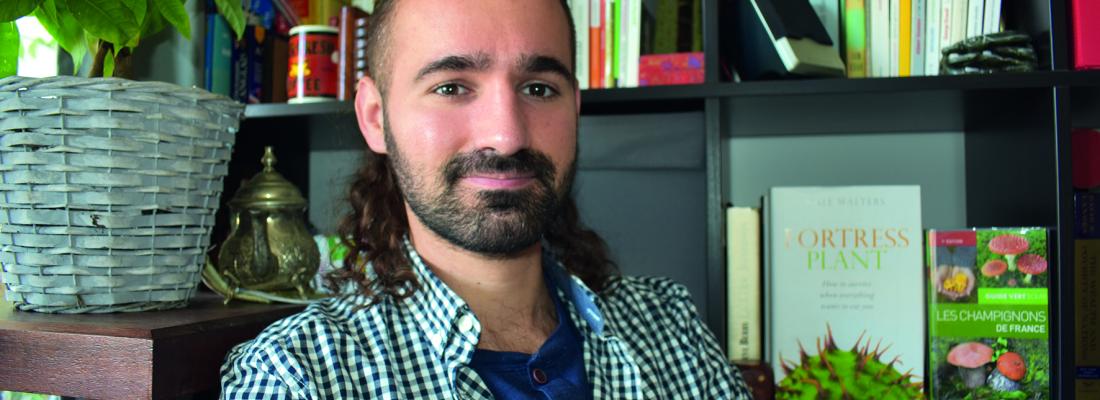Bioeconomy Reading time 3 min
Bio-inspired solutions for plant fibre degradation
Widespread use of renewable resources means being able to better exploit our plant waste and crop co-products. But breaking down wood and plant fibres comes with its own set of challenges! INRAE researchers are looking for solutions that draw from strategies developed by filamentous fungi, which are champions of recycling organic matter in our forests. Bastien Bissaro, researcher at the Fungal Biodiversity and Biotechnology unit at the Provence-Alpes-Cote d’Azur centre, answers a few questions on where the research is headed.
Published on 02 July 2020

Lignocellulose degradation is still a challenge to making plant bioresource use more widespread, even though many research projects have made great strides in recent years. What are the difficulties researchers face?
Filamentous fungi have co-evolved with plants for millions of years to create strategies to break down plant biomass
One key challenge in bioeconomy development lies in extracting the building blocks of plant biomass, which is mainly – but not exclusively – comprised of cellulose. The way these basic components are organised means that breaking them down is difficult. Plants developed this structure as an effective protective measure, but it presents us with a major challenge! Filamentous fungi have co-evolved with plants for millions of years to create strategies to break down plant biomass. We have a lot to learn from them to develop effective biotechnological processes. The filamentous fungi that break down wood secrete many different enzymes that need to be identified and studied in detail to understand how they work so we can create more powerful bio-inspired processes. Natural plant degradation takes quite a long time.
What are your main findings in this area?
In 2010, new enzymes called Lytic polysaccharide monooxygenases (LPMOs) were discovered and revolutionised our understanding of biomass degradation. They are already being used in industrial enzymatic cocktails. During my first postdoctoral fellowship, I discovered that these LPMOs do not behave according to established principles. This finding had major impacts on the way we use these enzymes, especially in biorefinery processes, as well as on our understanding of the enzymatic network deployed by filamentous fungi.
The entire Fungal Biodiversity and Biotechnology unit was involved in the discovery of several new LPMO families. We’re now realising that the role of LPMOs in cellulose degradation may go far beyond what we initially thought. There are major discoveries to come, especially with regards to pathogenicity processes.
You’re a young researcher. What led you to these enzymes?
My path towards the world of oxidoreductases began with a Young Scientist Contract from INRA for my doctoral thesis, and then later a postdoctoral fellowship. This support allowed me to join a lab working on LPMOs in Norway, which readily welcomed me because of my curiosity for this enzyme family. The project was then supported by Agreenium’s AgreenSkills programme. These opportunities, based on the institute's trust in me, were clearly a springboard for me. That’s also why I wanted to come back to France, and especially to INRA, now INRAE.
Reference:
B. Bissaro et al., Molecular mechanism of the chitinolytic peroxygenase reaction. PNAS 117 (3) 1504-1513 (2020).
https://doi.org/10.1073/pnas.1904889117
